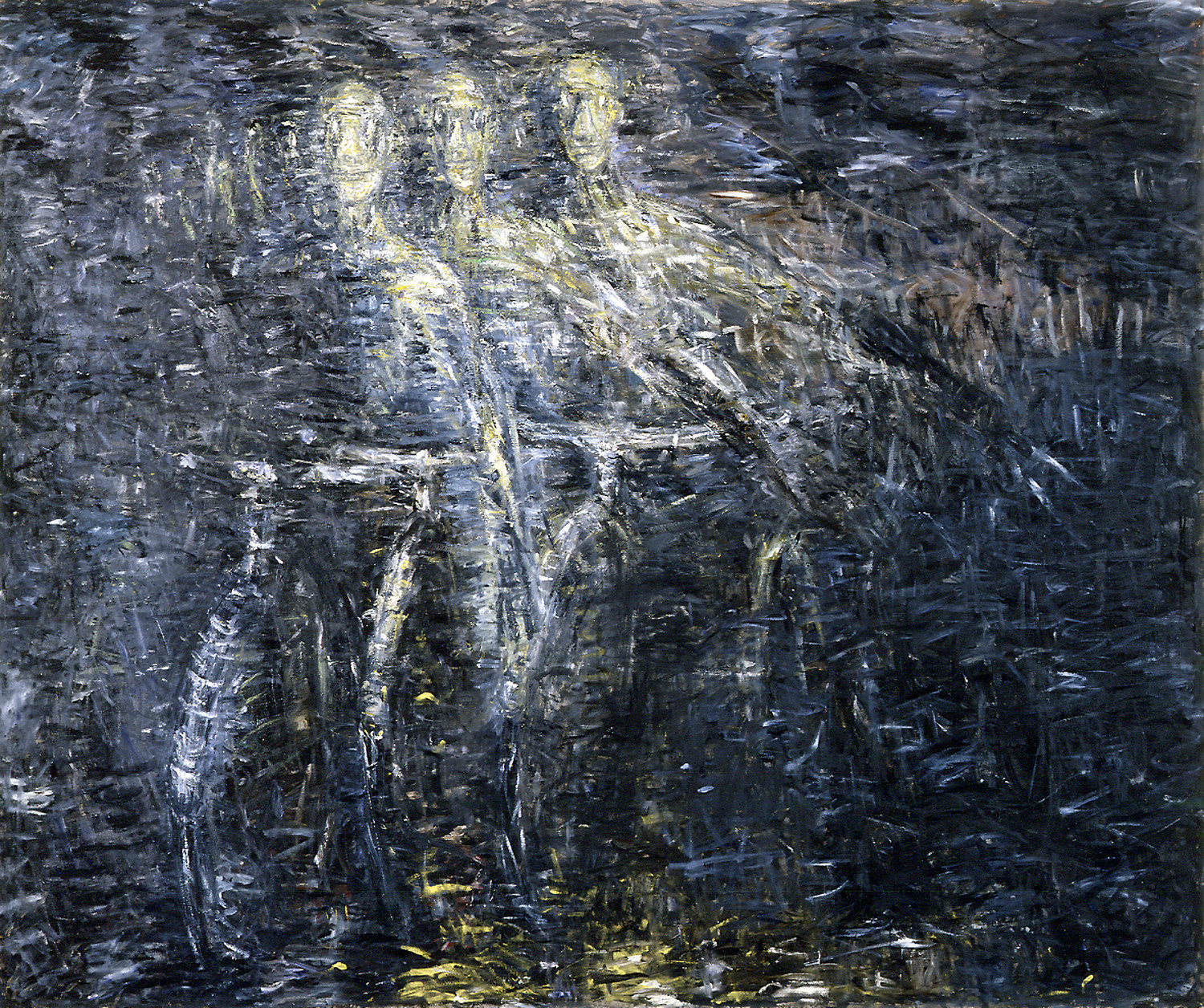Kinesthetic art, a dynamic and emerging plot, provides a unique convergence of art and physical movement, challenging conventional notions of creative expression. This immersive style of art breaks down barriers by promoting contact and physiological participation. Kinesthetic art takes many forms, such as performance art, interactive installations, and kinetic art. It invites the audience to actively participate, not just observe. This art form often blurs the line between artist and viewer. The following article explores the vast world of kinesthetic art. It delves into how art utilizes our innate kinesthetic senses. These experiences are often intriguing and transformative. These experiences are often intriguing and transformative. We will discover how kinesthetic art is reshaping artistic expression. It makes art captivating and inclusive for our current era.
Performance Art:
Performance art is an increasingly popular form of interactive art in which the artist’s body serves as the medium. These performances may include dance, movement, or even audience participation. Unlike traditional theater, performance art sometimes focuses on a conception or process rather a narrative tale.
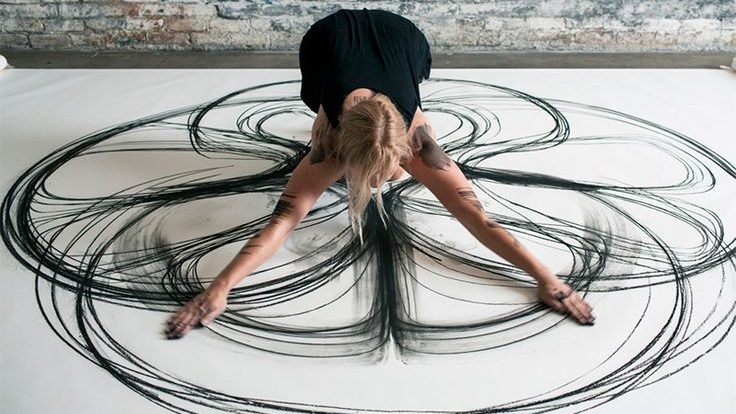
Interactive Installations:
Another sort of physical movement is interactive installations. These pieces enable spectators to interact physically with the artwork, which frequently elicits sensory of kinetic responses from the work itself. This connection might take the shape either of basic tactile involvement or complicated gestures that modify or manipulate the artwork.

Dance and Choreography:
Dance and choreography are the most direct forms of motion art. Via motion, the human body is utilized to transmit emotions, narratives, and deeper ideas. Choreography tends to concentrate on the exploration of space and the interaction between the dancer and the spectator.

Digital and Virtual Reality Art:
Technological advancements have provided rise to digital kinesthetic art, including virtual reality experiences. These works of art provide a full sensory overload in which the observer navigates or interacts through a digitally produced world, frequently resulting in a one-of-a-kind and individualized creative journey.
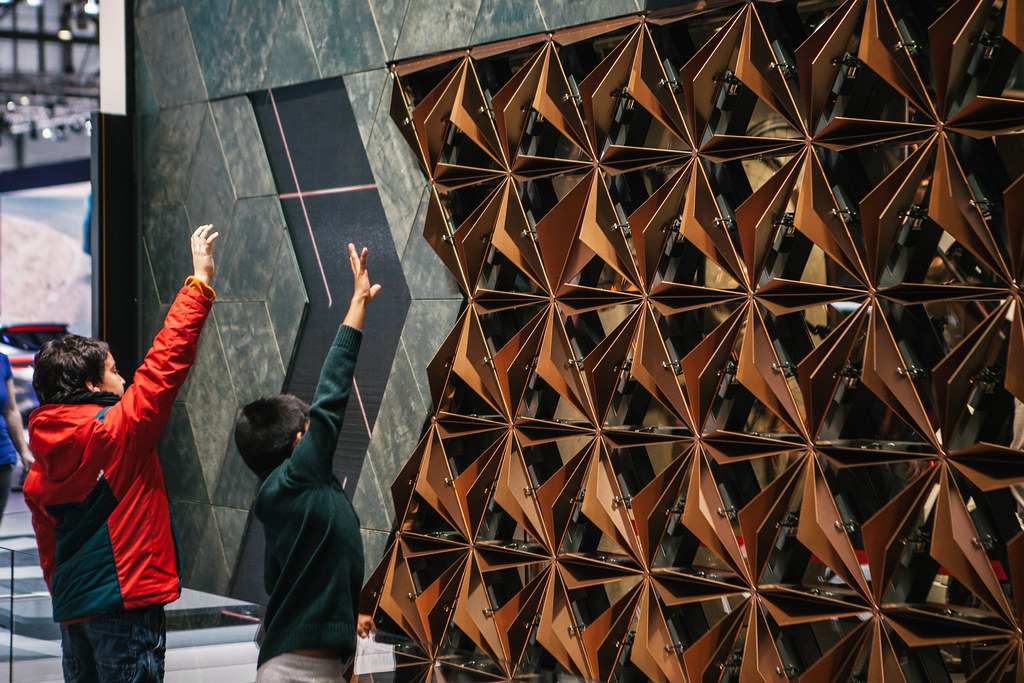
Kinetic Sculpture:
Kinetic sculpture is a type of kinesthetic art in which the sculptures move, either mechanically or by the viewer’s participation. These sculptures experiment with balance, motion, and perception of space, providing an ever-changing visitor experience as the work of art changes over time or in the association to interaction.
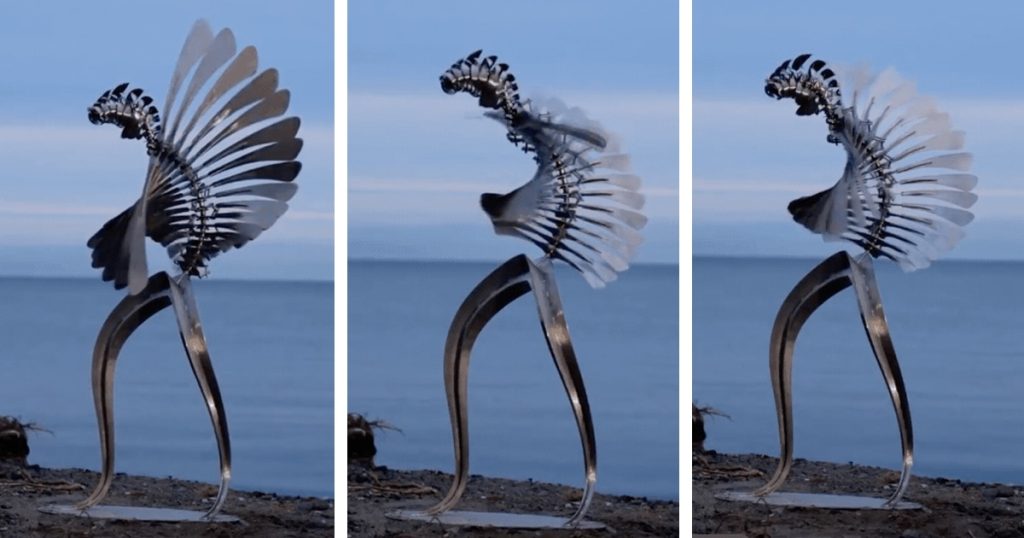
Sound Art and Musical Interaction:
Kinesthetic sound art allows for a closer look of how movement may produce or affect sound. This can include works that respond to physical presence or motion, as well as collaborative musical experiences in which movement changes the aural output.

Art Therapy and Kinesthetic Learning:
Kinesthetic art is a method of expression as well as a means of treatment. physical movement approaches in art therapy assist patients in expressing feelings and experiences via physical movement or engagement with art objects. Furthermore, bodily learning in art education emphasizes exploring by doing, frequently integrating hands-on activities.

Environmental and Land Art:
Environmental and land art occasionally have a tactile component, in which the process of making the art necessitates bodily contact with the natural surroundings. These work of art may also inspire spectators to move through, around, or engage with them, establishing a physical connection with the area.
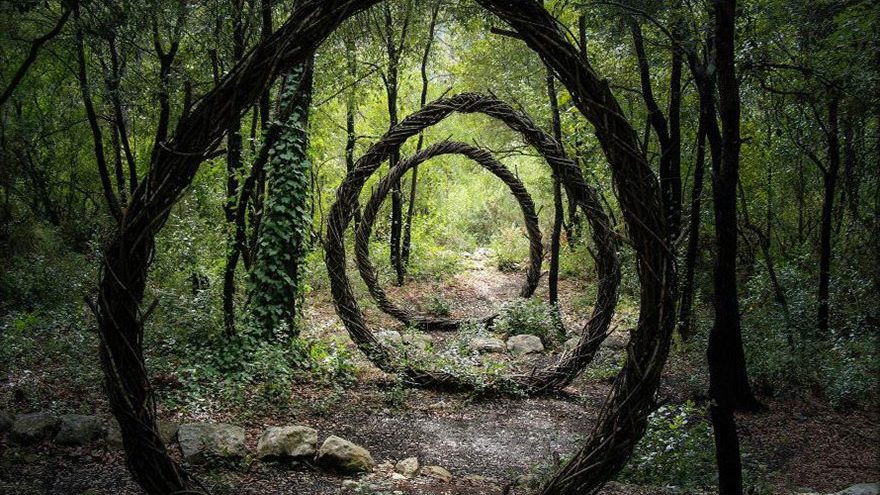
Finally, kinesthetic art is a dynamic and enhancing field that challenges traditional notions of art. It provides a unique, immersive experience that surpasses visual aesthetics by merging movement and physical engagement. This type of art not only involves audiences more thoroughly, but it also highlights the significance of of physiological awareness in creative expression. As technology progresses and cultural standards shift, kinesthetic art has the potential to reshape our relationship with the arts. It invites us to delve into new aspects of creation and engagement, transforming art into a more inclusive and interactive adventure. The future of kinesthetic art is a promising frontier in the constantly changing context of artistic expression.

